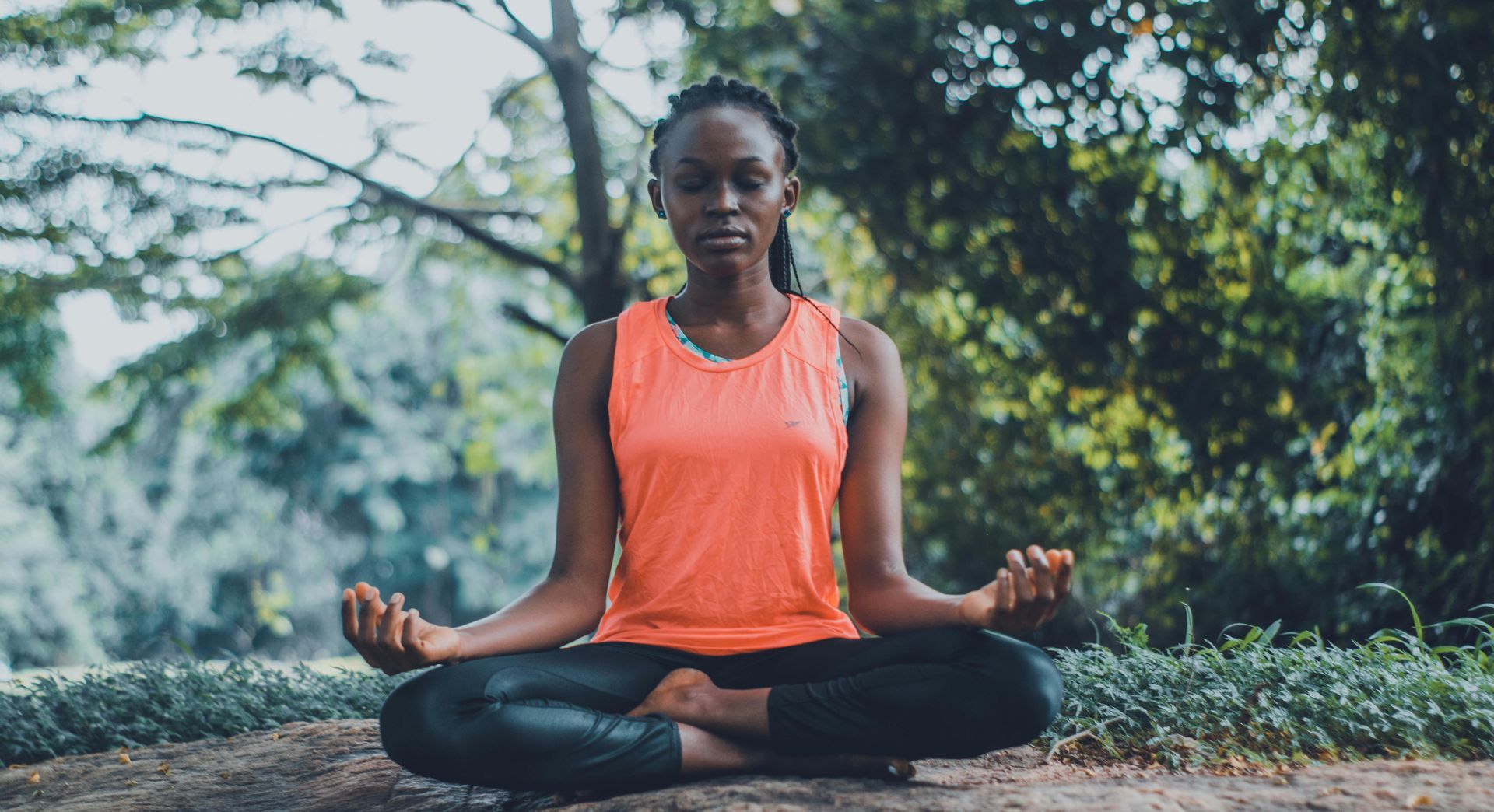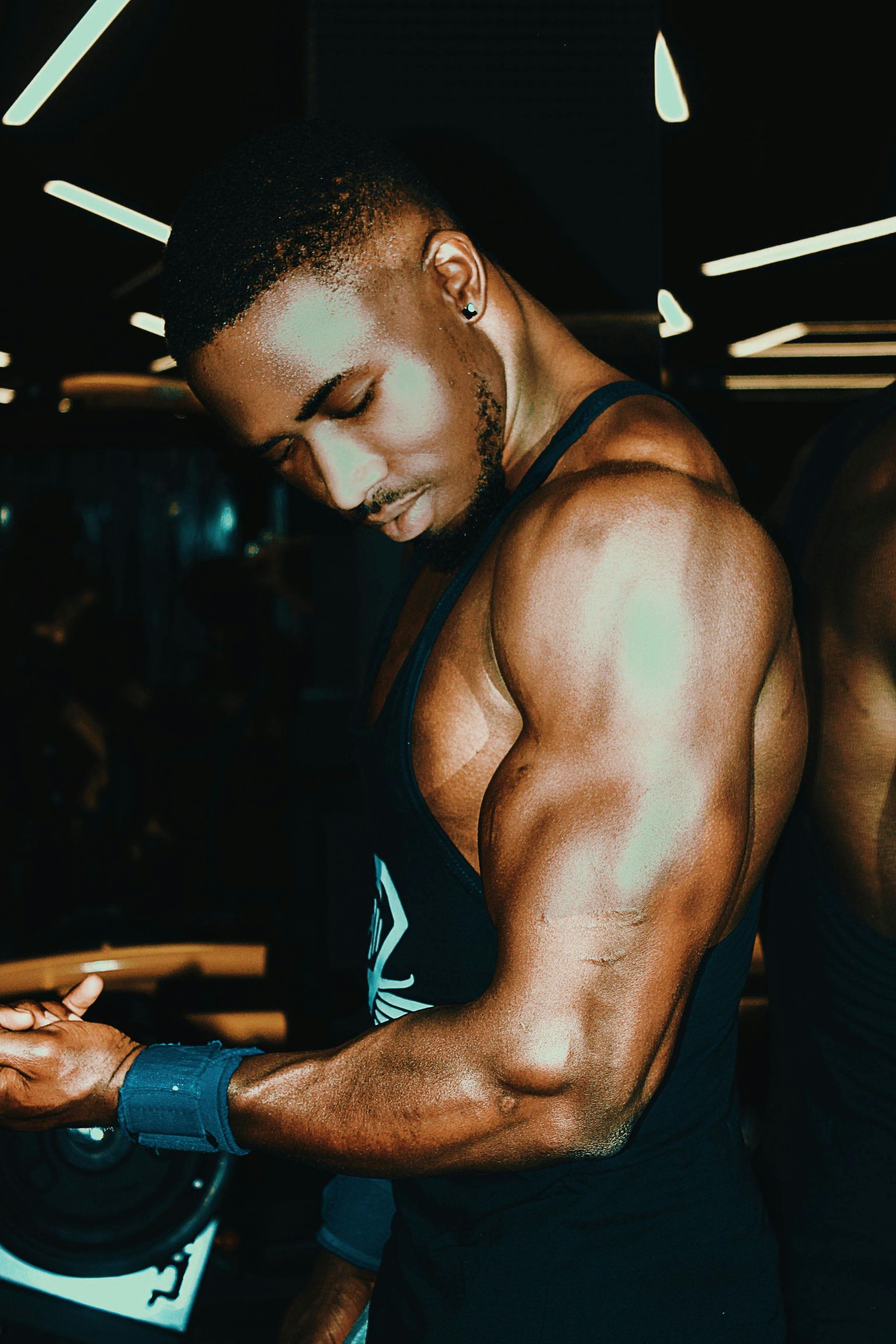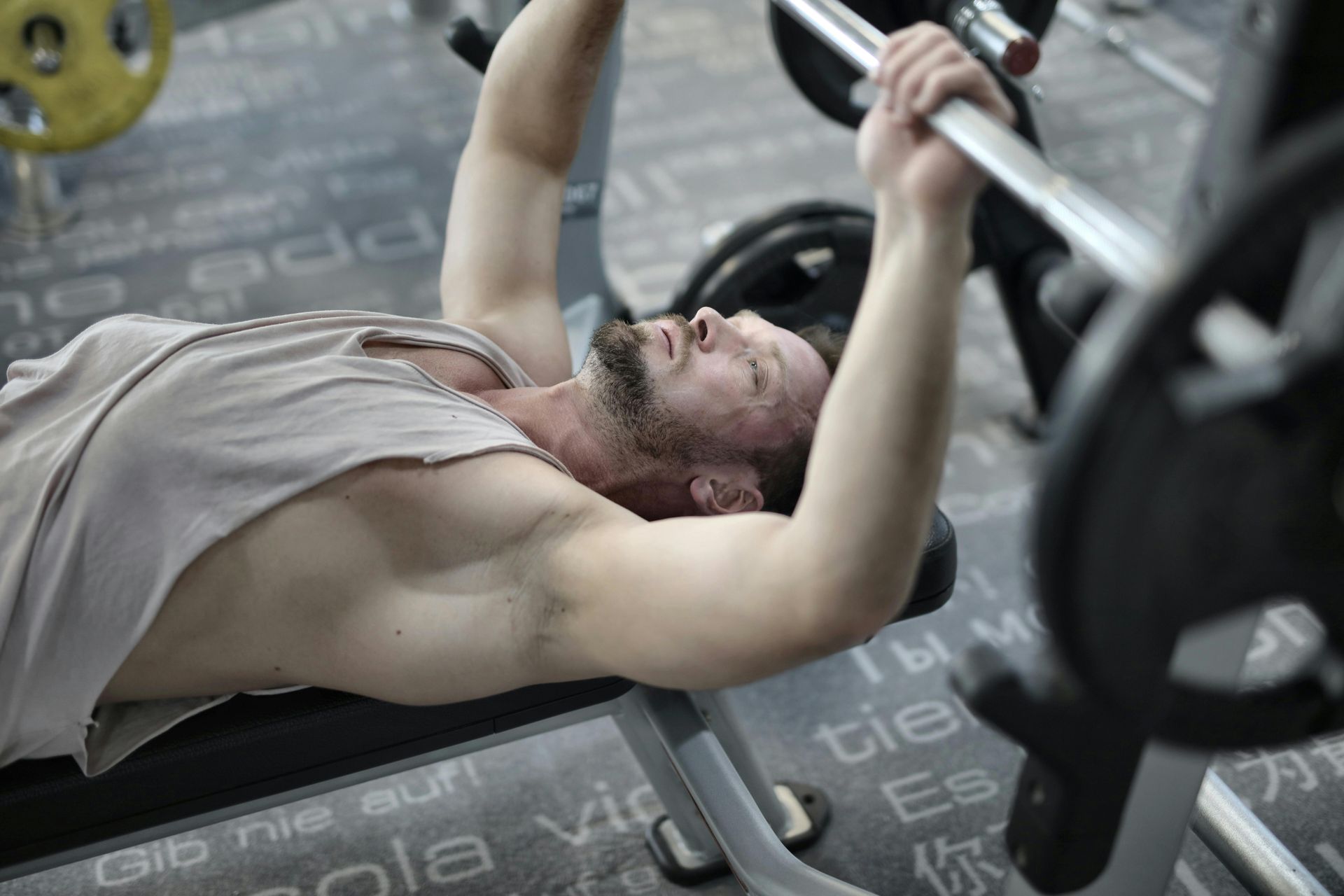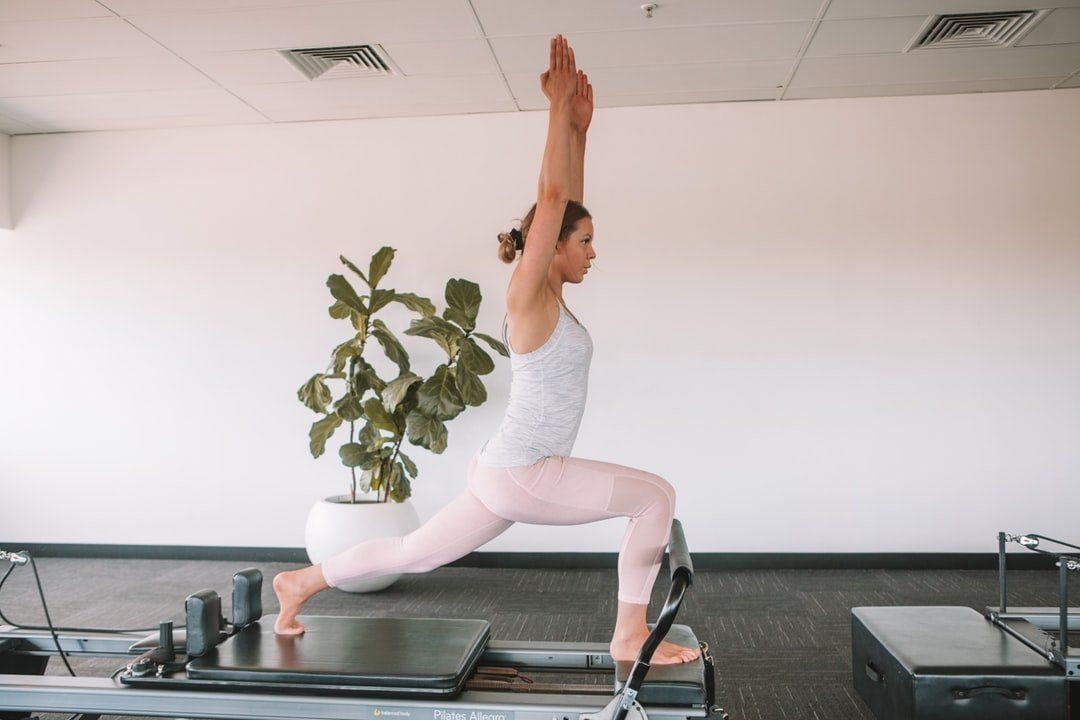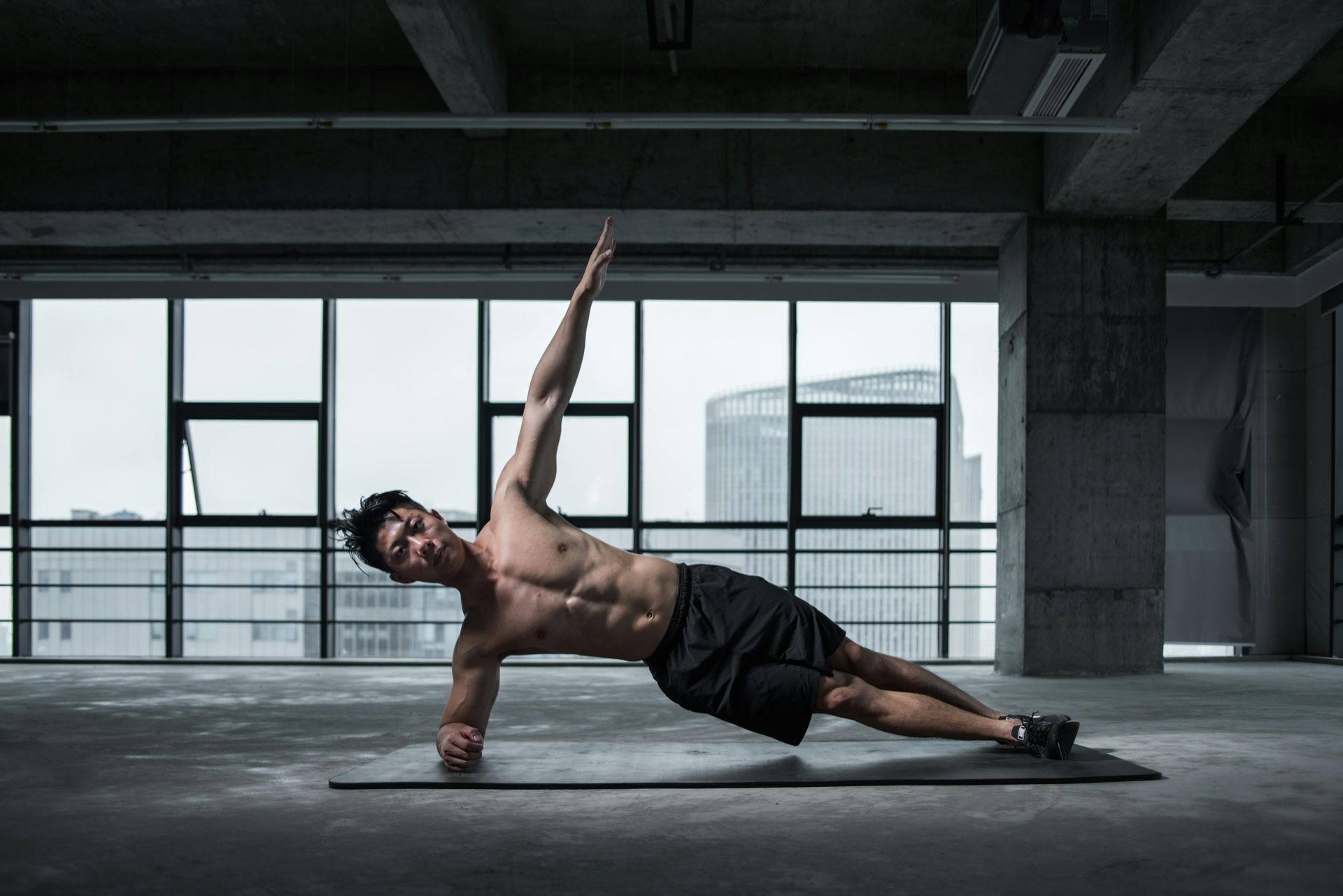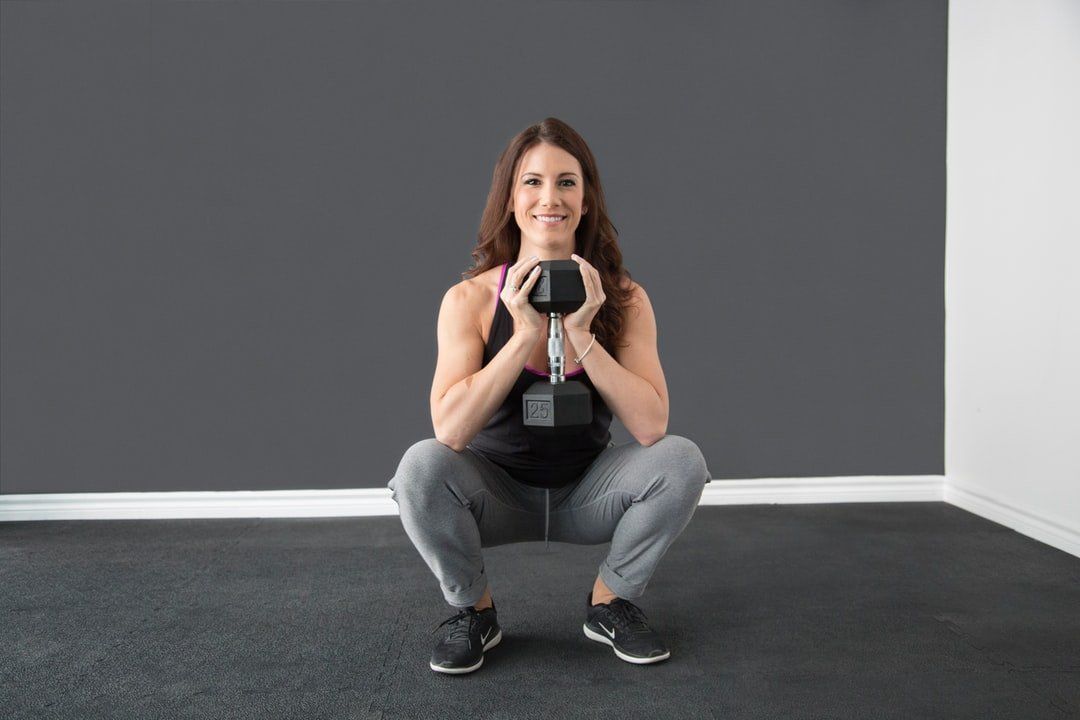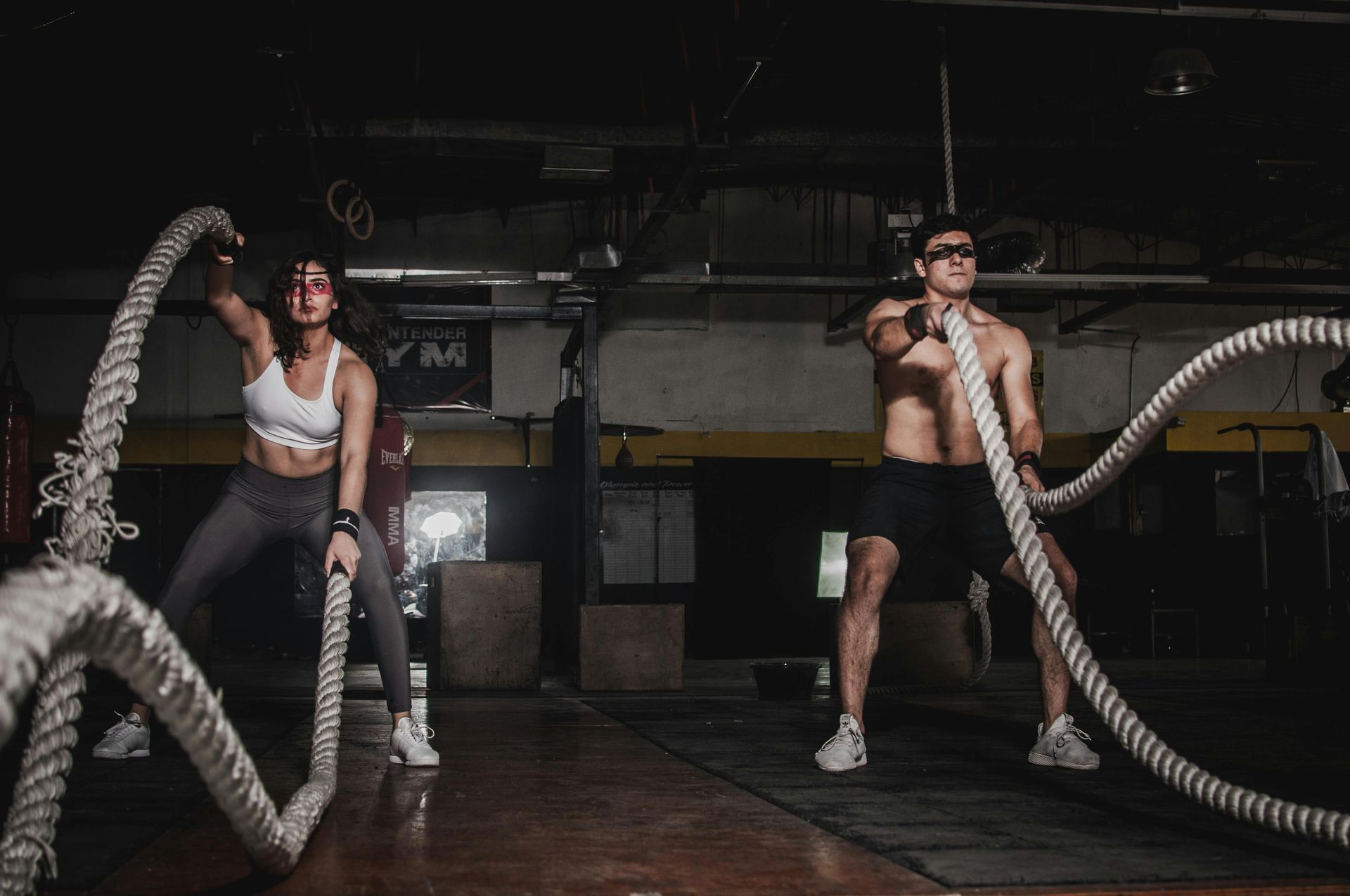Shoulder Training for Swimmers
A Guide to Preventing Shoulder Injuries
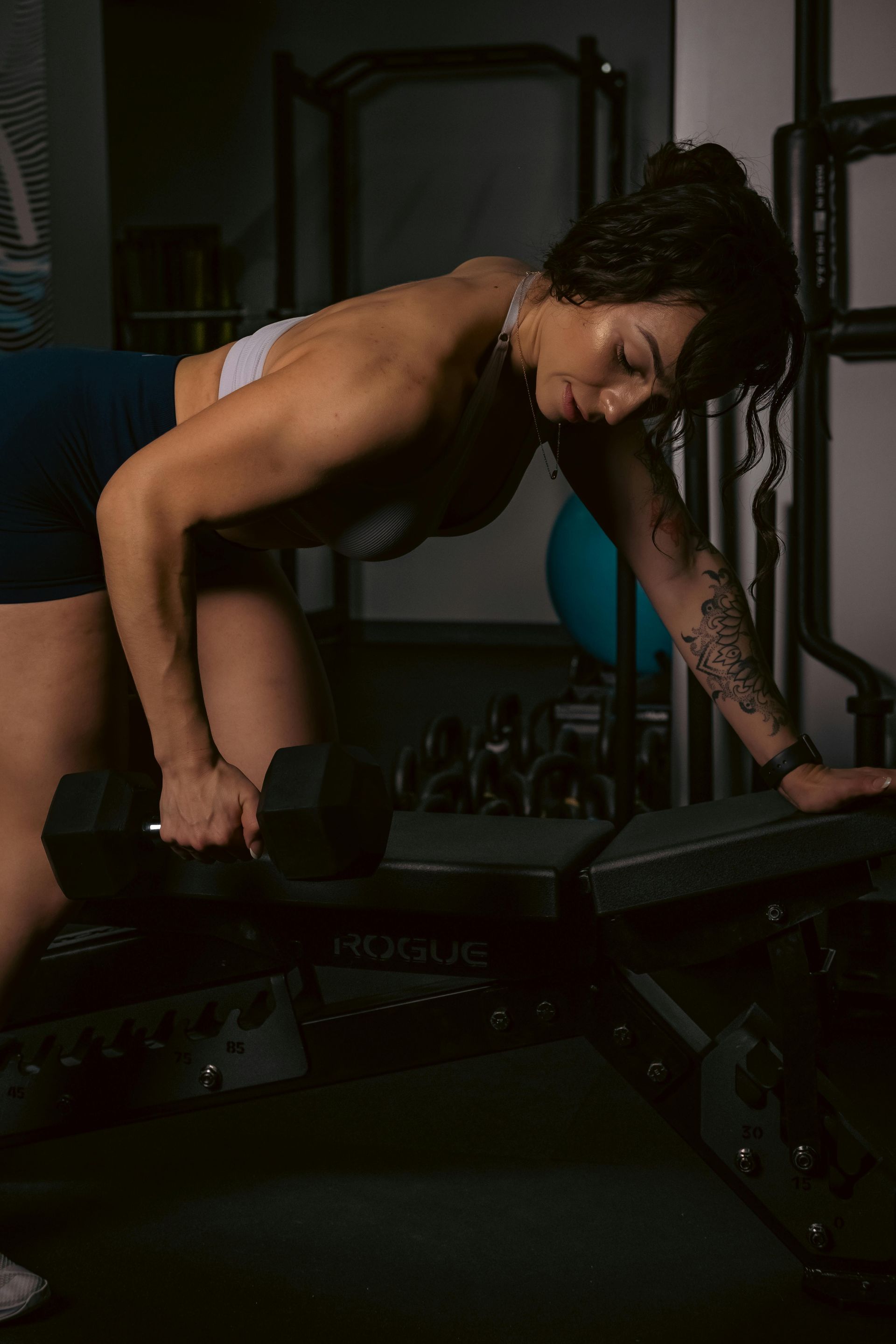
The Heinlein and Cosgarea (2010) article, "Biomechanical Considerations in the Competitive Swimmer's Shoulder," focuses on the high incidence of shoulder pain among competitive swimmers. They emphasize a number of considerations that swimmers may find important, such as the high repetitive stress placed on the shoulders. Competitive swimming involves a large number of stroke repetitions, placing significant stress on the shoulder girdle and shoulder joint. This high volume of strokes is a primary factor contributing to shoulder injuries, the most common of which is supraspinatus tendinopathy.
The article emphasizes the importance of understanding the biomechanics of the shoulder in swimming to identify factors that predispose swimmers to injury. It also touches on the importance of the entire kinetic chain, especially core stability and trunk strength, in shoulder health.
While the Heinlein and Cosgarea (2010) article emphasizes the overall biomechanics of the shoulder and the kinetic chain, it particularly draws attention to muscles that are commonly involved in swimmer's shoulder problems. Based on the information available, the supraspinatus muscle is of particular importance. The article states that the most common cause of shoulder pain in swimmers is supraspinatus tendinopathy. This highlights the crucial role and vulnerability of this muscle and its tendon in swimming.
It's important to remember that swimming involves a complex interplay of many muscles in the shoulder girdle and beyond. While the supraspinatus gets specific mention due to its frequent involvement in injury, a balanced and well-functioning group of muscles is essential for shoulder health and performance in swimmers. This includes other rotator cuff muscles, scapular stabilizers (like the serratus anterior), and muscles of the trunk and core.
When considering the muscle groups that both implicate the shoulders and are most important for generating propulsive force in swimming, several key players emerge:
Latissimus Dorsi (Lats): These large back muscles are crucial for the powerful pulling motion in all swimming strokes. They are a primary source of propulsion. They are very important for the "pull" phase of the stroke.
Deltoids (Shoulders): These muscles are heavily involved in the arm's movements, contributing to both the pulling and recovery phases of the stroke. They are essential for stabilizing the shoulder joint during the propulsive phase.
Pectoralis Major (Pecs): These chest muscles play a vital role in bringing the arms forward and inward, contributing to the power of the stroke, especially in strokes like butterfly and breaststroke.
Triceps: These muscles are important for the extension of the arm, and provide the final push during the stroke, adding to the propulsive force.
These muscles are particularly important because swimming relies heavily on the upper body for propulsion, and these muscle groups are the primary drivers of that movement. Their coordinated action allows swimmers to generate the force needed to move efficiently through the water. It's also important to note that while these shoulder-related muscles are key, the entire kinetic chain is involved. Core strength and the lower body also contribute significantly to overall propulsion.
Combining the insights from Heinlein and Cosgarea (2010) on swimmer's shoulder biomechanics and Van Hooren et al. (2024) on optimizing resistance training, we can formulate some practical training recommendations for swimmers, particularly focusing on shoulder health and performance:
1. Targeted Strength Training for Shoulder Stability and Propulsion:
- Rotator Cuff Strengthening: Given the high incidence of supraspinatus tendinopathy (Heinlein & Cosgarea, 2010), incorporate exercises specifically targeting the rotator cuff muscles (internal and external rotation, scaption). Emphasize proper form and controlled movements to avoid further injury.
- Scapular Stabilization: Strengthen the scapular stabilizers (serratus anterior, rhomboids, trapezius) to improve shoulder stability and reduce stress on the shoulder joint. Exercises like scapular push-ups, rows, and YTWL's are beneficial.
- Propulsive Muscle Development: Focus on exercises that strengthen the latissimus dorsi, deltoids, pectoralis major, and triceps, as these are crucial for generating propulsive force. Include exercises like pull-ups, rows, chest press variations, and overhead presses.
- Balance Training: Van Hooren et al. 2024, emphasizes the balance between positive and negative adaptations. Therefore, focus on balanced strength development. Do not overdevelop the muscles that cause internal rotation of the shoulder, without equal development of the external rotators. Balance the amount of pulling and pushing exercises.
2. Optimizing Resistance Training Parameters:
- Progressive Overload: Apply the principle of progressive overload to gradually increase the load, volume, or intensity of resistance training over time (Van Hooren et al., 2024). This promotes muscle growth and strength gains.
- Proper Exercise Technique: Emphasize proper exercise technique to maximize muscle activation and minimize the risk of injury (Heinlein & Cosgarea, 2010; Van Hooren et al., 2024). Consider working with a qualified strength and conditioning coach to ensure correct form.
- Periodization: Implement a periodized training program that cycles through different phases of training (e.g., hypertrophy, strength, power) to optimize adaptations and prevent overtraining (Van Hooren et al., 2024). This is especially important in a sport with a high volume of training already.
3. Addressing the Kinetic Chain:
- Core Strength and Stability: Incorporate exercises that strengthen the core muscles to improve stability and transfer force from the lower body to the upper body (Heinlein & Cosgarea, 2010). This is essential for efficient swimming and reducing stress on the shoulder.
- Flexibility and Mobility: Include stretching and mobility exercises to maintain flexibility and range of motion in the shoulder girdle and surrounding areas. This helps prevent injuries and improve performance.
4. Monitoring and Recovery:
- Monitor Shoulder Health: Regularly assess shoulder health and address any signs of pain or discomfort promptly (Heinlein & Cosgarea, 2010). Early intervention can prevent minor injuries from becoming chronic.
- Adequate Recovery: Ensure adequate recovery between training sessions to allow for muscle repair and adaptation (Van Hooren et al., 2024). This includes proper nutrition, sleep, and rest.
By implementing these recommendations, swimmers can optimize their resistance training programs to enhance performance and minimize the risk of shoulder injuries. Here are the key takeaways:
Swimmer's Shoulder is Common: High-volume, repetitive swimming strokes lead to frequent shoulder injuries, particularly supraspinatus tendinopathy.
Biomechanics Matter: Understanding shoulder biomechanics and the kinetic chain (especially core strength) is crucial for injury prevention.
Key Propulsive Muscles: The latissimus dorsi, deltoids, pectoralis major, and triceps are vital for generating propulsive force in swimming.
Targeted Strength Training: Swimmers should focus on strengthening the rotator cuff, scapular stabilizers, and propulsive muscles with balanced training.
Optimal Resistance Training: Principles like progressive overload, proper technique, and periodization are essential for effective strength training.
Kinetic Chain & Flexibility: Core strength, flexibility, and mobility are vital for overall shoulder health and performance.
Monitoring & Recovery: Regular monitoring of shoulder health and adequate recovery are crucial for injury prevention and optimal adaptation.
